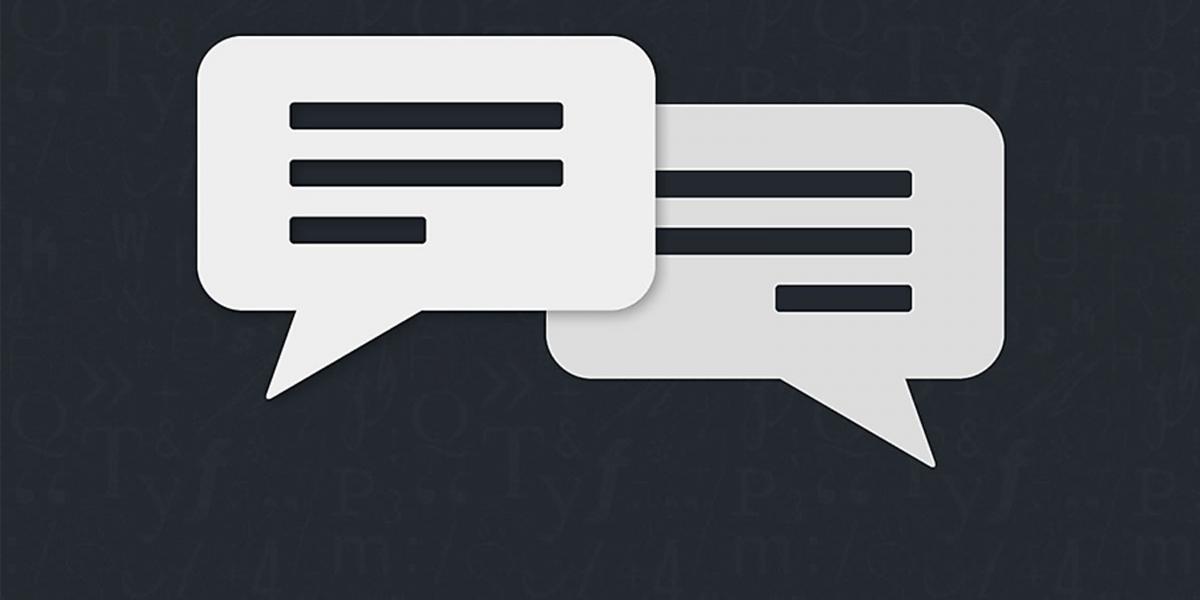Letters: Spring/Summer 2024
Readers respond to our reporting on AI in public health and other stories from our Fall/Winter 2023 issue.
What can AI do for health, and what must humans do to safely and ethically realize its potential? Our writers delve into those questions in stories about efforts to root out AI’s baked-in bias, research that harnesses AI to do everything from identify unfamiliar compounds in wastewater to boost patients’ physical activity, and more. The issue’s other reporting covered environmental contributors to autism, psychological autopsies, challenges to transgender health, and how Indigenous peoples are overcoming colonization’s impacts to reclaim health.
Catch up on these and other stories from previous issues on our website.

This is an exciting read by Scott Zeger. It really digs into the AI-human dynamic. AI's potential is vast, yet its alignment with human needs is paramount. I've witnessed AI's impact firsthand, collaborating with health leaders handling complex big data to enhance patient care while preserving human expertise.
Let's champion a future where AI serves humanity's best interests, shaping a world where technology complements human values! —Emmanuel Elorm Nortey-Adom via LinkedIn, in response to “AI’s Very Human Challenge”
It’s great to know that we’re not alone in this struggle to keep our culture and traditions alive for our future generations. I am from the Pueblo of Acoma, New Mexico, and I recall a time being a part of this particular ceremony with the Māori people. Our Buffalo dance group, Pueblo Enchantment Dancers, exchanged dance, gifts, and greetings with them. It was a beautiful time and place. If this is the same group of people I would love to reconnect, collaborate, and extend an invitation to visit our Pueblo “Sky City.” Many prayers and blessings to you all for your efforts. —Mark Lorenzo via web, in response to “Reclaiming Health in Indigenous Communities”
Several years ago, annoyed by the insistence of some glitterati that mercury/thimerosal caused autism, I plotted British data on true autism diagnoses vs. cesarean section. The data were closely correlated, with an offset of about five years. The hypothesis is that vaginal birth “inoculates” the newborn in a way cesarean does not. I don’t see that hypothesis included in the list of environmental factors, but perhaps it should be. —Alan Silverman via web, in response to “Discovering How Environment Affects Autism”
Let’s not discount the contribution [to rising autism rates] of the increased capacity for “diagnostic ascertainment”—both in terms of our understanding of autism and the tools available to us to more accurately diagnose. Having trained in pediatrics in the 1980s, there is little doubt that we definitely mischaracterized children as intellectually disabled when they would, today, be diagnosed as autistic. A great paper from 2015 [in Neuroscience News] lays out the premise. —Steven Merahn, MD, via LinkedIn, in response to “Discovering How Environment Affects Autism"
I often think that more than a few children I went to school with in the ’50s and ’60s might have been autistic. I doubt the numbers will ever be known because the labels were different then, and the kids were just lumped into special education classes until they aged out, if they attended school at all. —Sue Nichols via web, in response to “Discovering How Environment Affects Autism”
Amidst an ongoing onslaught against gender affirming care and trans rights it can be easy to forget about holistic trans health care. While access to gender affirming care is important, trans care needs to addressing housing, HIV/AIDS, substance use disorders, comorbid mental health conditions, poverty, routine preventative care, etc. I thought this was a well-written article that urges addressing trans health care and community holistically, as well as being both intentional and responsive in research questions and study design. —Chris Reinhardt via LinkedIn, in response to "Navigating Transgender Health Care in a Cisgender World”
It is so interesting that suicide survivors are a different profile from those who die by suicide, i.e., that perhaps suicide “attempt” is a different behavior than suicide. I wonder if that implies that suicide attempt is almost a form of self-harm or self-injury. —@Aon_Maha via X, in response to “Using Psychological Autopsies to Prevent Suicide”